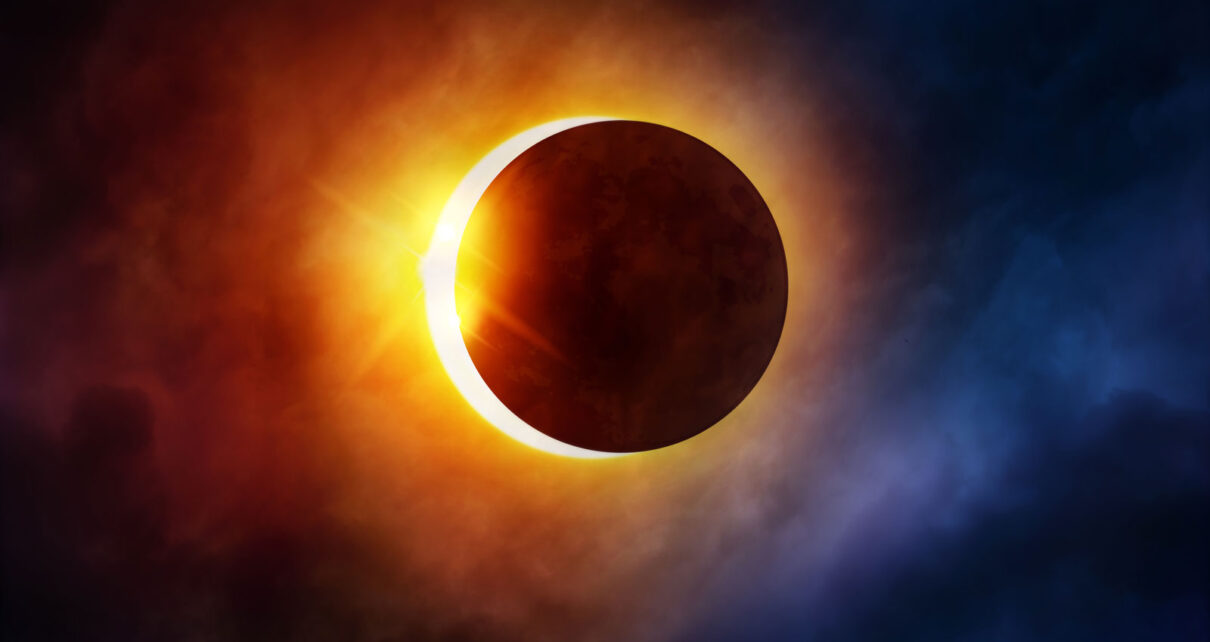This year’s first solar eclipse, which will occur on Thursday (June 10), will not be visible in India, except in Ladakh and Arunachal Pradesh, a few minutes before the sunset.
A solar eclipse occurs when the moon comes in between the earth and the sun and blocks the light of the sun from falling on earth. There are three types of solar eclipses – total, partial and annular.
This will be an annular solar eclipse which occurs when the moon doesn’t completely cover the sun. The moon comes in the center, leaving the sun’s outer edges visible and this appears to form a “ring of fire” or annulus around the moon.
The eclipse will be seen in its complete glory from a vast region of North America, Europe and Asia.
For viewers and enthusiasts in India, the sighting appears difficult as the path of the eclipse will just be seen in the North-Eastern extremes of the country in Arunachal Pradesh and Ladakh, said Director of M P Birla Planetarium, Debiprasad Duari.
It is not advisable to view the eclipse with the naked eye as it can cause serious damage to the eyes. Projecting the sun through a box projector, or projecting using binoculars or telescope is a safe and easy way to view a solar eclipse.
The 2021 annular solar eclipse will start at 01:42 PM (IST) and will be visible till 06:41 PM (IST). The total duration of the annular eclipse will be around 3 minutes and 51 seconds. A very small part of the solar eclipse from the vicinity of Dibang Wildlife Sanctuary in Arunachal Pradesh at around 5:52pm, the official said. In the northern part of Ladakh, where the sun will set at around 6.15pm, the last phases of the phenomenon can be seen at around 6pm.
The next solar eclipse of 2021 will appear on December 4. This celestial event will also be not visible in India.




